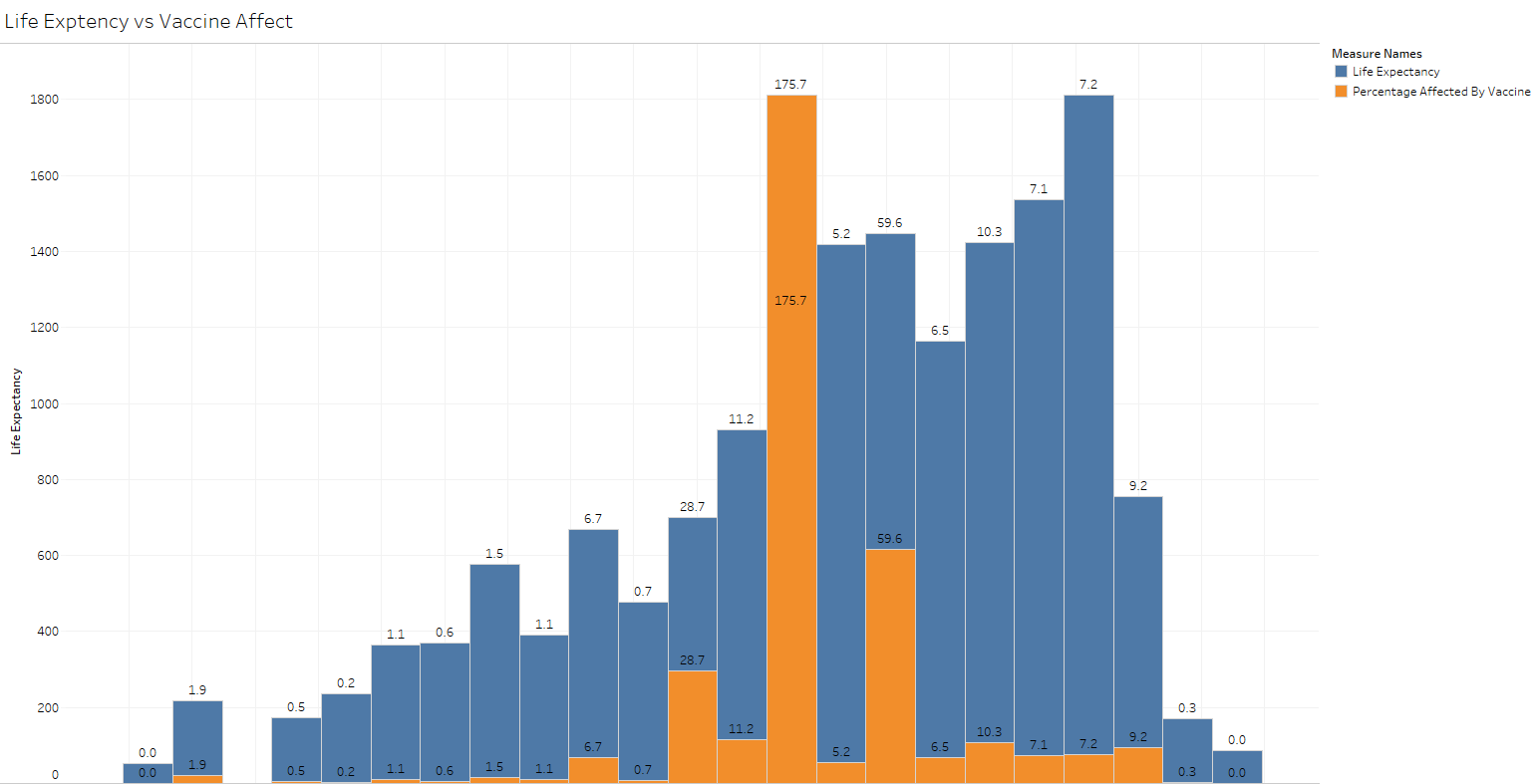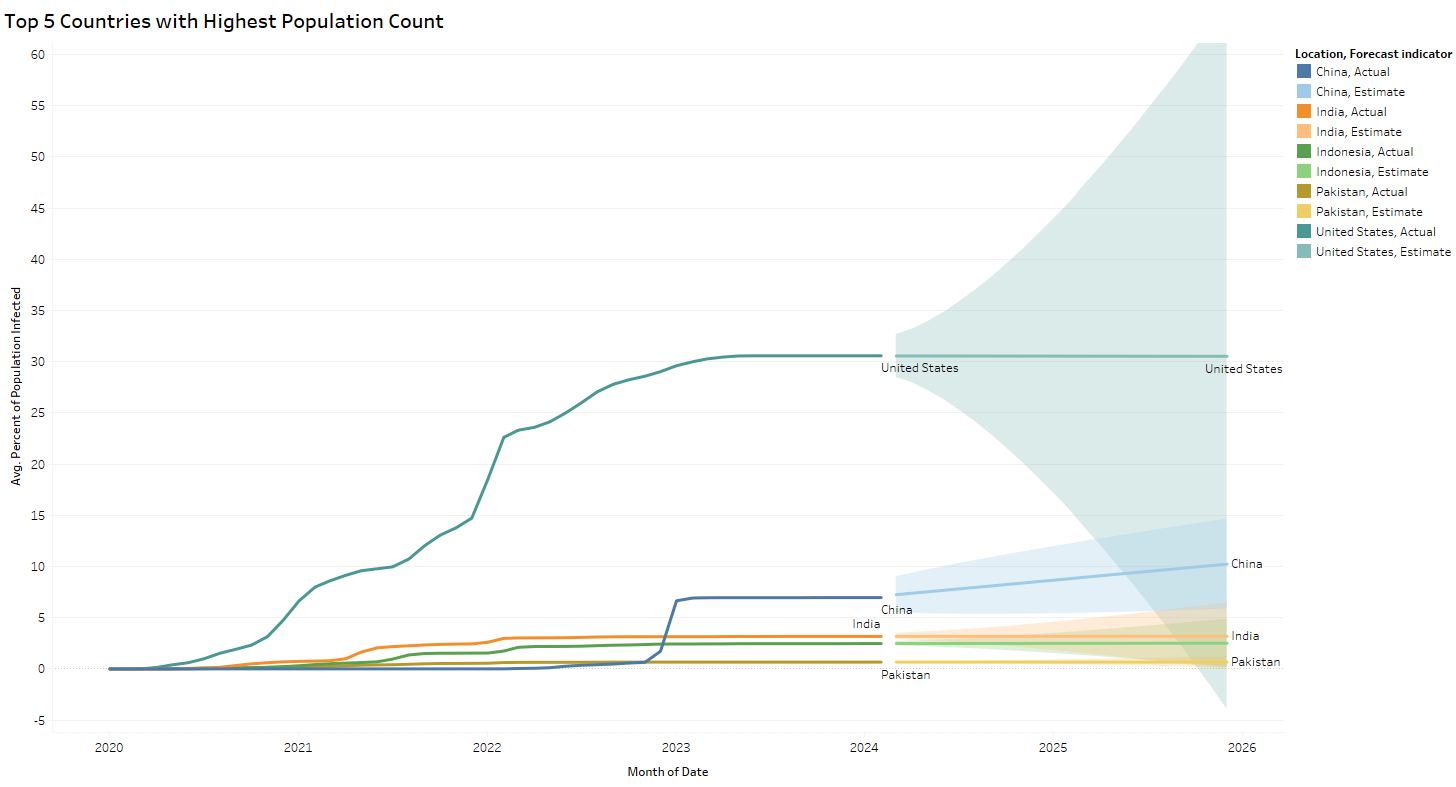
Covid-19 World Data Analysis
Overview
Amidst the ongoing COVID-19 pandemic, countries around the world face unprecedented challenges in managing healthcare resources and responding to the evolving needs of affected populations. The surge in COVID-19 cases has strained healthcare systems, necessitating a comprehensive approach to data analysis to support informed decision-making and resource allocation.
Purpose
The COVID-19 World Data Analysis project aims to analyze global COVID-19 data sets to provide insights into the trends and patterns of the pandemic. By examining key metrics such as infection rates, mortality rates, testing capacities, and vaccination coverage across different countries and regions, this analysis seeks to inform strategies for mitigating the impact of the pandemic and optimizing resource allocation.
Objective
The primary objective of this project is to provide actionable insights to stakeholders, including government agencies, healthcare providers, and policymakers, to facilitate effective response measures to the COVID-19 pandemic. By identifying trends, hotspots, and areas of concern, this analysis aims to support decision-making processes related to healthcare resource distribution, public health interventions, and vaccination strategies on a global scale.
Studies indicate a rise in infection rates within urban areas, leading to a corresponding surge in mortality rates, as illustrated by the scatter plot. In the plot, the intensity of the color within the circles denotes the severity of infection counts, with deeper hues signifying higher infection rates.
RESULTS
Initially, life expectancy in Third World countries trailed below the global average. However, a discernible trend emerges from the provided bar chart, indicating a noteworthy uptick in life expectancy during the pandemic era coinciding with the escalation of vaccination efforts. The correlation between increased vaccination coverage, represented by the orange bars, and the corresponding rise in life expectancy, depicted by the blue bars, is apparent.
The research conducted included a statistical forecast indicating that by the year 2026, the populations of the specified countries would achieve immunity to Covid-19.
Conclusion & Recommendations
The findings underscore the significant impact of vaccination campaigns on public health outcomes, particularly in improving life expectancy. The data highlights the importance of equitable access to vaccines and the need for ongoing monitoring and collaboration to optimize vaccination programs. As we continue to navigate the challenges posed by infectious diseases like Covid-19, these results provide valuable insights into the effectiveness of vaccination efforts in safeguarding global health.
Based on these results, it's advised to ramp up global vaccination campaigns with a focus on equitable access. Continual monitoring and collaboration between governments, healthcare organizations, and international stakeholders are essential to optimize vaccination programs and sustain progress in improving public health outcomes and life expectancy.




